Landcare Trust Award for Innovation in Sustainable Farm Forestry - The Gray family
New Zealand Tree Grower May 2022.
Barry and Liz Gray, along with sons Thomas and Jeremy, farm mainly in the Katea Valley about five kilometres north of Owaka. Of their 661 hectares, 571 hectares are made up of four amalgamated and adjoining farms lying west of the Owaka highway and on either side of Hunts Road. This includes the original Gray property owned by the family since the early 1900s.
The remaining 90-hectare block was purchased five years ago and is 10 km away in the Owaka Valley with the Owaka River on its boundary. This farm includes the prominent local landmark known as the Scotsman’s Bonnet.
The topography is determined by the east-west running valleys and ridges which make up the southern syncline. The altitude tops out at 314 metres, with moderately steep south and north facing slopes separated out by fertile valley bottoms. The natural vegetation consisted of mixed podocarp forest which was mainly cleared for farming during the last century.
Nearly 100 hectares of indigenous forest remains on the Gray farms and this is in various states of health with some being logged by previous owners as late as the 1990s. A small fenced-off area near their house includes some significant totara which gives an indication of the size of the species which existed here and were exploited by sawmillers and farmers. Annual rainfall is 1,000 to 1,100 mm generally well spread out, but there has been an increased likelihood of dry autumns in recent years. The coast at Pounawea is a mere seven kilometres away.
Gray’s farm has 4,700 stock units made up of 3,870 sheep and 210 cattle, mainly Maine-Anjou. Considerable investment in recent years has gone into providing reticulated water to all parts of the farm allowing the natural waterways to be fenced off and protected. There are 23 hectares of planted forest made up of 16 hectares of radiata pine, four hectares of macrocarpa, and a smaller area of Eucalyptus regnans and Douglas-fir.
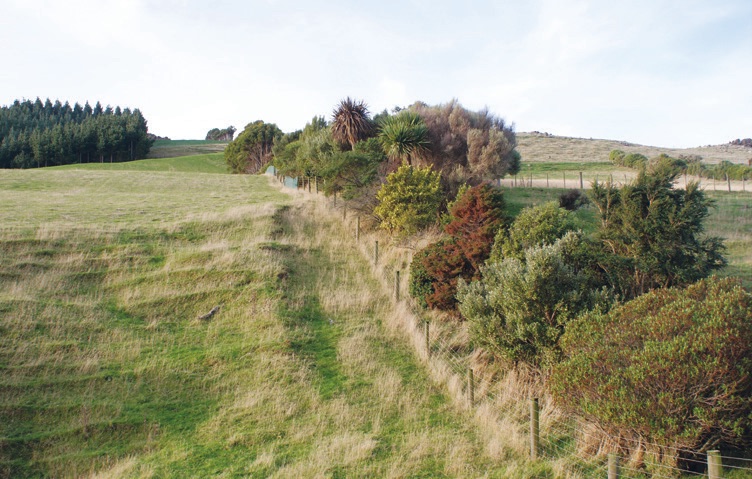
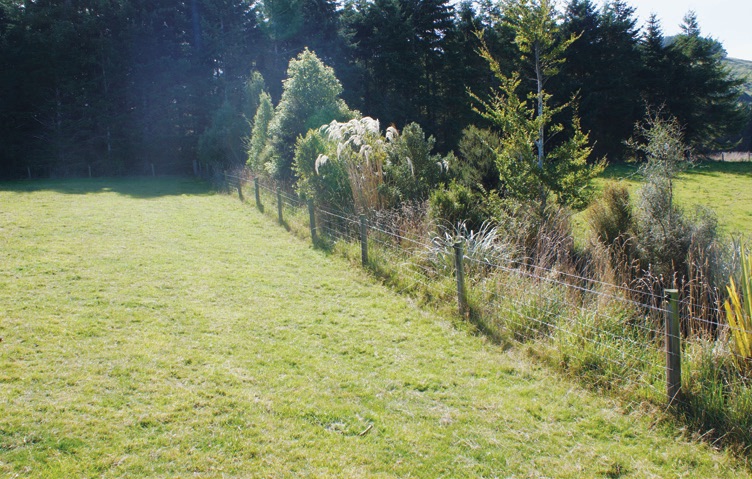
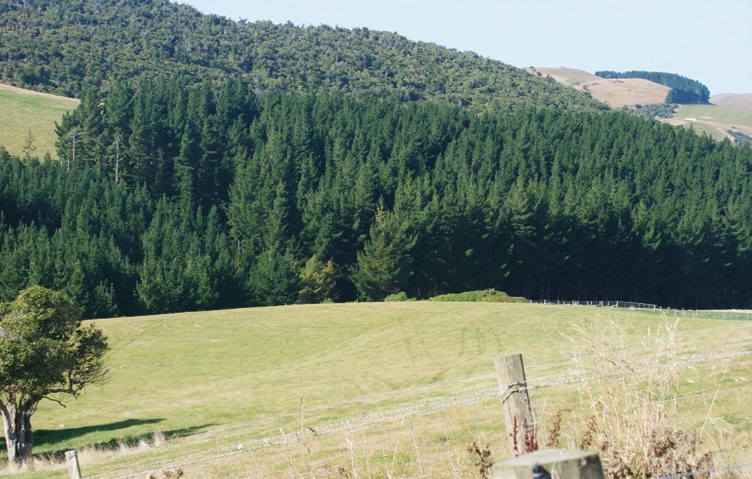
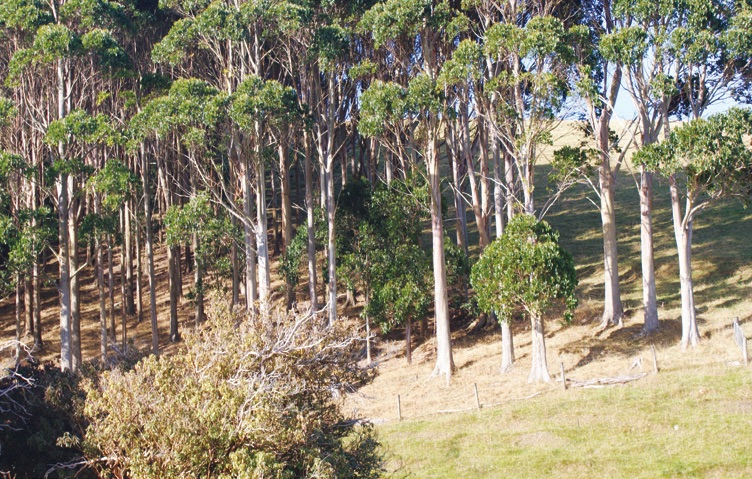
The pines are well managed and mostly approaching harvest age. The cypress are aged between 12 and 20 years and are mainly Strathallan seedlot with some Kaitangata and Owaka clones. Canker is happily absent or negligible and they are well pruned and of good form.
The innovative and most outstanding feature of the farm is the many kilometres of shelterbelts which provide stock shelter and shade over much of the area. These consist in large part native species sometimes in combination with non-natives such as Lombardy poplar or Eucalyptus cordata.
Barry has accumulated a wide knowledge of indigenous trees and what will grow in the Catlins climate. He has more than 100 species planted and many shelterbelts will contain more than 30 different natives planted to complement each other and provide continual flowering throughout the seasons. Careful attention has been given to different growth rates and requirements of each species and Barry will often insert those needing shade into existing lines of natives.
Rare and endangered species of Olearia, Pseudopanax, and Brachyglottis are thriving here. Early planting in the 1980s was for species in groups of five but more recent ones show greater range and variety. These shelterbelts are a good example for all New Zealand farmers and demonstrate that our indigenous plants should not be overlooked when planning shelter. There are species for every situation. Recent planting for the Grays is inclined towards riparian areas and future thoughts are on restoring a wetland near the Owaka highway.
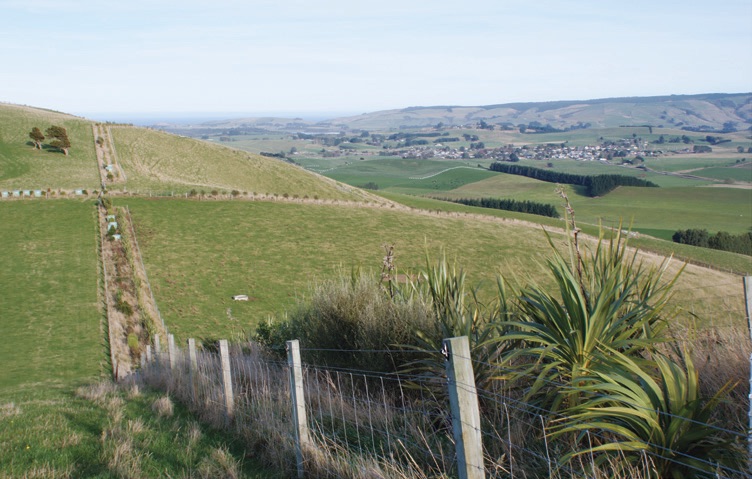
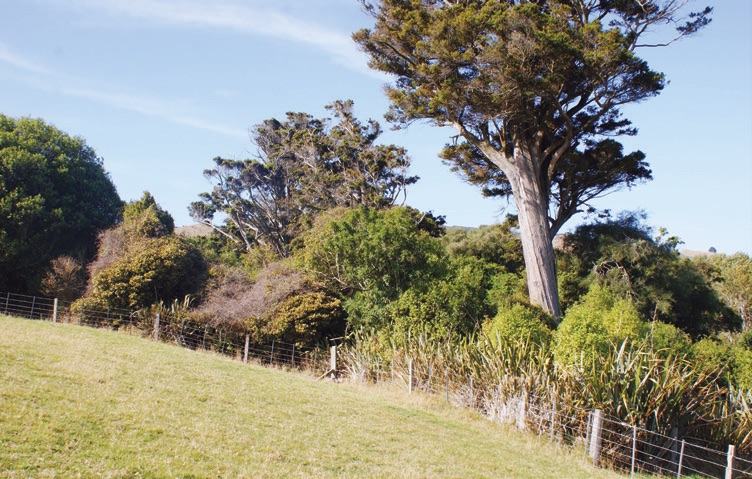
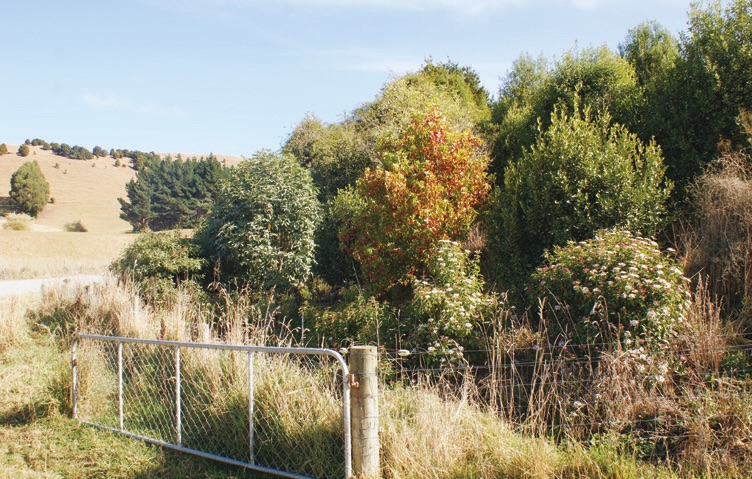
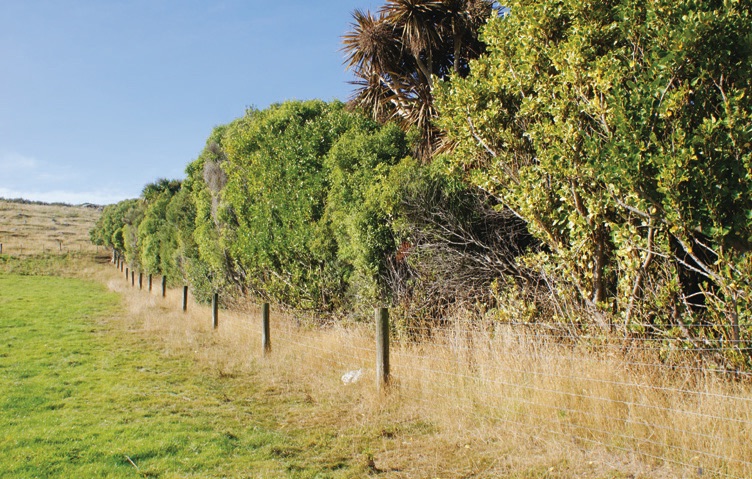

 Farm Forestry New Zealand
Farm Forestry New Zealand